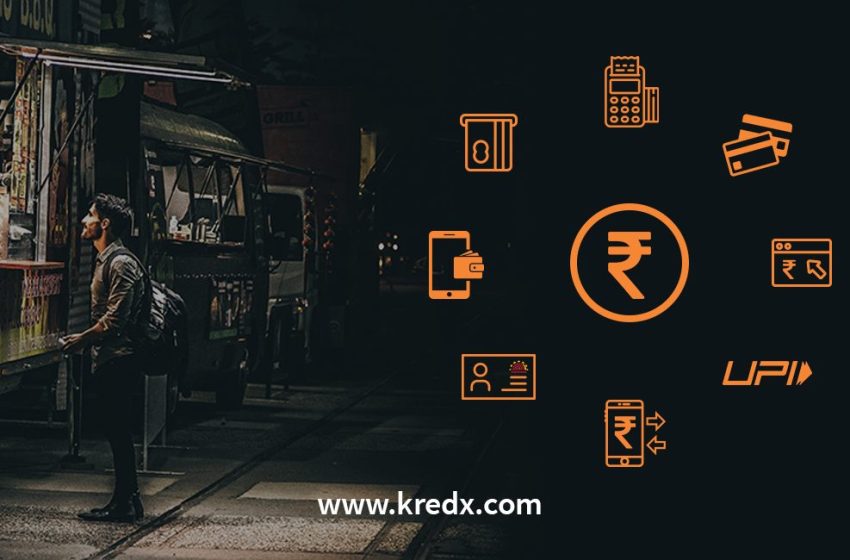
Different Types of Cashless Payments In India
Cashless payments are the roads that will pave the way for a completely digital India. For a country that has 1.3 million Point of Sale (POS) machines and an approximate 30 million customer base, the deficiencies of the current system are various. This is why cashless transactions have been given added importance by the current government. Here are all the different ways that are currently available that may be useful to you.
Aadhaar Enabled Payment System (AEPS)
The AEPS makes use of your biometric identification details to initiate bank transactions. This method can be used to pay vendors directly without the use of credit cards or signature’s. AEPS is considered an important cashless method because the chances of fraud at minimal because of biometrics. Money can be transacted or withdrawn from any branch across india. However, the method requires your bank account details to be linked with Aadhaar.
Unstructured Supplementary Service Data (USSD)
Limited by a transaction restriction of 5000 rupees, USSD is still a very good option for an Indian consumer who is constantly harassed by poor internet connectivity. This service uses GSM networks to send out data which can begin financial transactions. USSD based technology is already used in our phones for OTP generation or transferring funds through IMPS. Another thing to remember is that a USSD transaction once initiated cannot be cancelled.
Unified Payment Interface (UPI)
With UPI it is now possible to access multiple bank accounts with a single application. This innovative system can give you access to multiple banking features that are available with different banks and streamlines all of them in an application that lets you do all. Currently UPI transactions rage from 2900 crore on an average every month. Its popularity is build out of the ease in transition it provides because of peer to peer payment methods.
Point of Sale
Point of sale machines are used by retailers all across India to help with their dues. This machine used GPRS connectivity to interact with the customer’s ATM card to initiate transaction. One of the most common methods used for banking in India.
Internet Banking
The most commonly used in banking tool for the urban consumer, Internet banking methods have been quite a boon. There are multiple methods in internet banking that will let you transfer funds, they are as follows:
- National Electronic Fund Transfer
NEFT transactions can help anyone. From corporates to individuals holding a simple bank account, NEFT services will help in oneto one find transfer. The typical window on a working day is from 8 AM to 7 PM and on weekends it’s from 8AM to 1PM.
- Real Time Gross Settlement
RTGS is meant for transactions that deal with larger sums of money. The minimum amount that is needed for RTGS transaction is 2 lakhs. There is also no upper limit to the amount that you want to transfer. The process itself involves real time settlements and they occur in the books of the RBI itself. So, a transaction once done is final.
- Immediate Payment Service
As the name suggests IMPS offers a way to promptly send out money to a third party without any delay in delivery. This method facilitates mobile banking and is an excellent tool for convenient transactions.
As technology evolves, newer payment options like the recently launched Google Tez will jump on the digital payment bandwagon and help customers interact with their banking needs better. At the moment, the market seems to have sufficient methods to move forward into a cashless economy.



